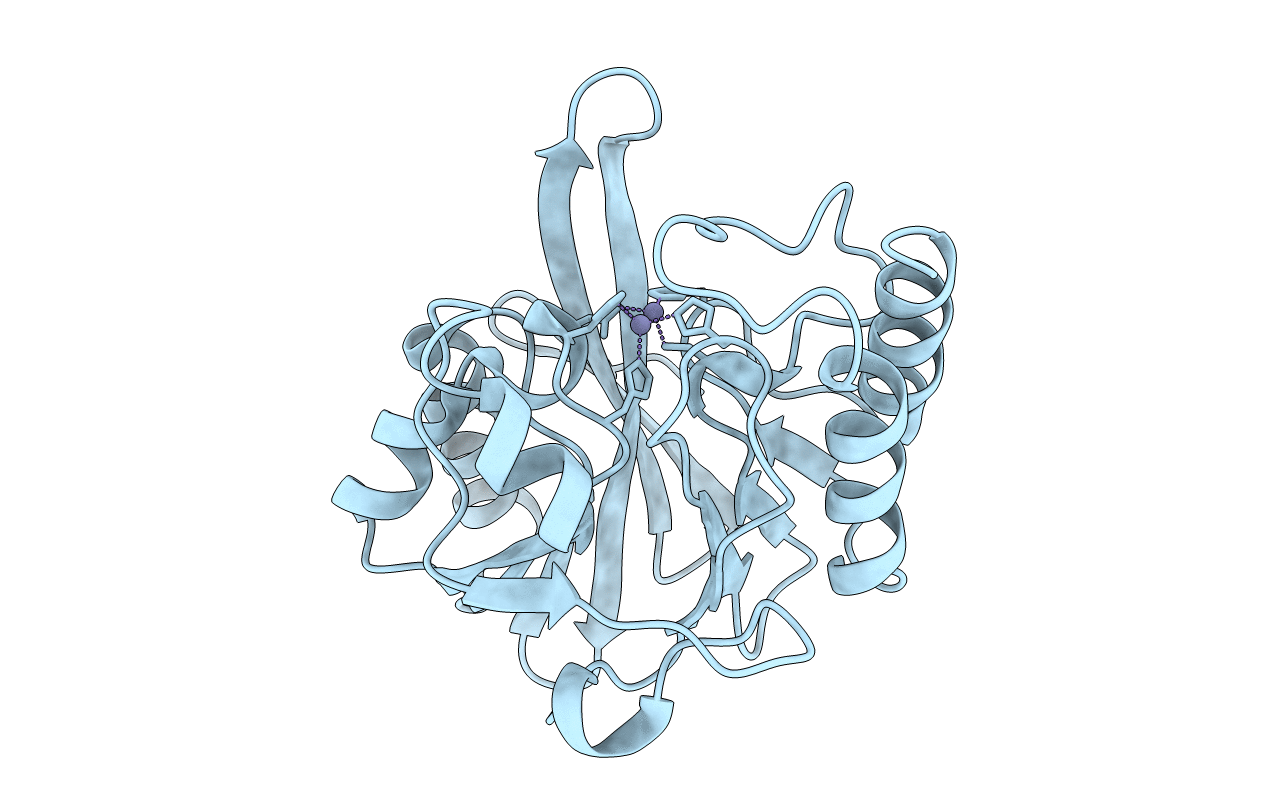
Deposition Date
2017-07-19
Release Date
2017-10-18
Last Version Date
2023-10-04
Method Details:
Experimental Method:
Resolution:
1.35 Å
R-Value Free:
0.22
R-Value Work:
0.18
R-Value Observed:
0.18
Space Group:
P 1 21 1


